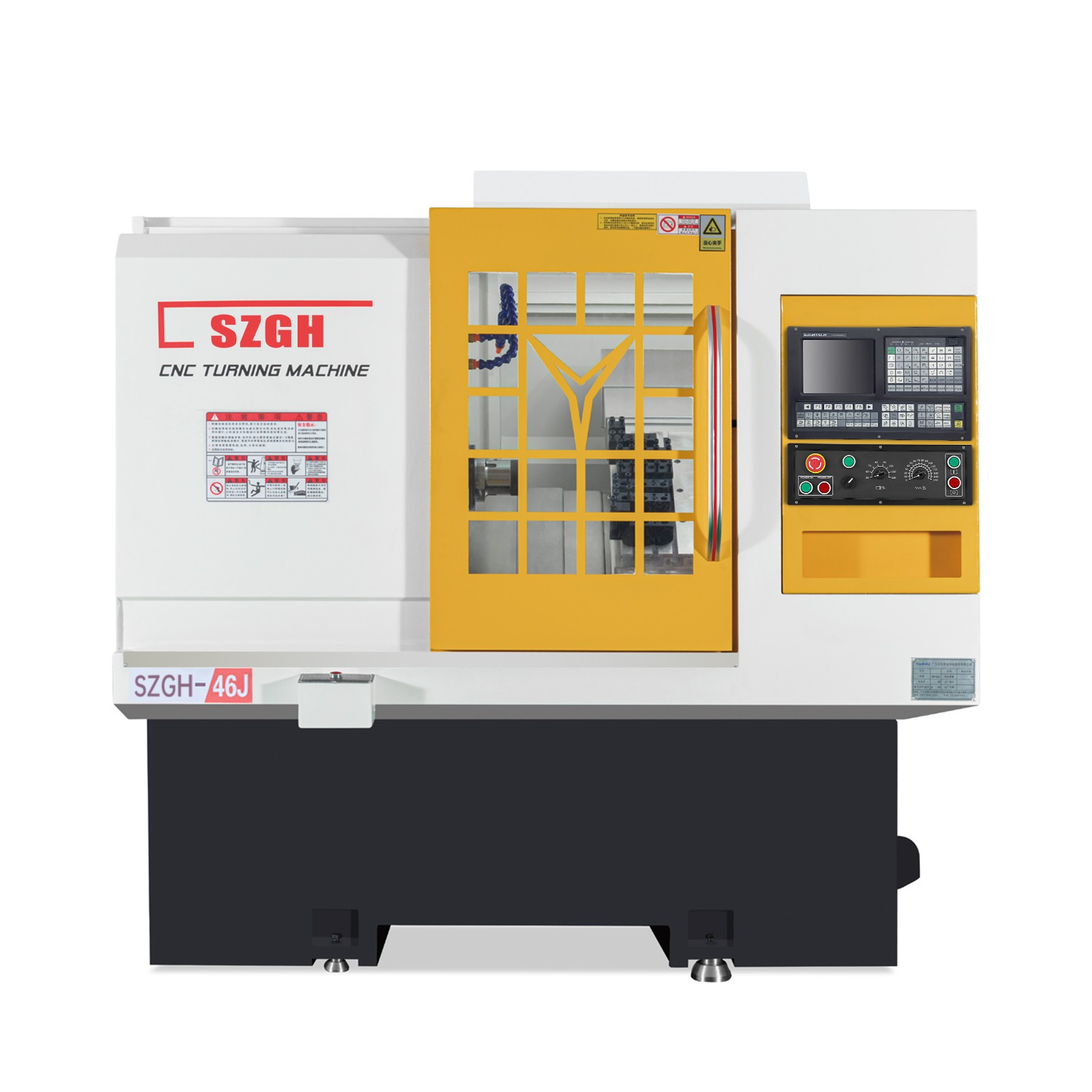The application of CNC (Computer Numerical Control) systems in lathe machines offers several advantages over conventional manual operation. Here are some of the key advantages:
1. Automation: CNC systems automate the operation of the lathe machine, eliminating the need for manual control and intervention. Once the program is loaded, the machine can run unattended, freeing up operator time for other tasks. This automation leads to increased productivity and reduced labor costs.
2. Precision and Accuracy: CNC systems offer exceptional precision and accuracy in machining operations. They can execute complex tool paths with high repeatability, resulting in consistent and precise parts. This level of accuracy is difficult to achieve consistently with manual operation.
3. Flexibility: CNC systems provide a high degree of flexibility in machining operations. They can easily accommodate changes in part design or specifications by simply modifying the program. This flexibility allows for quick setup changes and efficient production of different parts without the need for extensive manual adjustments.
4. Complex Machining Capabilities: With CNC systems, lathe machines can perform complex machining operations that would be challenging or impossible to achieve manually. This includes contouring, threading, tapping, grooving, and other intricate operations. The ability to program and execute such operations accurately expands the range of parts that can be produced on the lathe machine.
5. Time and Cost Savings: CNC systems offer significant time and cost savings compared to manual operations. They reduce setup time by storing and recalling tooling offsets, workpiece coordinates, and other parameters. Additionally, CNC machines can operate at higher speeds and feed rates, reducing cycle times and increasing production output.
6. Improved Safety: CNC systems enhance safety in lathe machine operations. The automated nature of CNC eliminates the need for direct operator involvement during machining, reducing the risk of accidents and injuries. The machines can also be equipped with safety features, such as interlocks and emergency stops, to further enhance operator safety.
7. Monitoring and Diagnostics: CNC systems often include monitoring and diagnostic capabilities. They can track machine performance, and tool wear, and detect potential issues during machining. This helps prevent tool breakage, quality issues, and unplanned downtime, leading to improved efficiency and reduced maintenance costs.
8. Integration with CAD/CAM Software: CNC systems can seamlessly integrate with CAD/CAM software, allowing for efficient part programming and simulation. This integration enables the creation of complex part geometries, optimization of tool paths, and virtual testing before actual production, reducing errors and improving overall efficiency.
 |
 |

